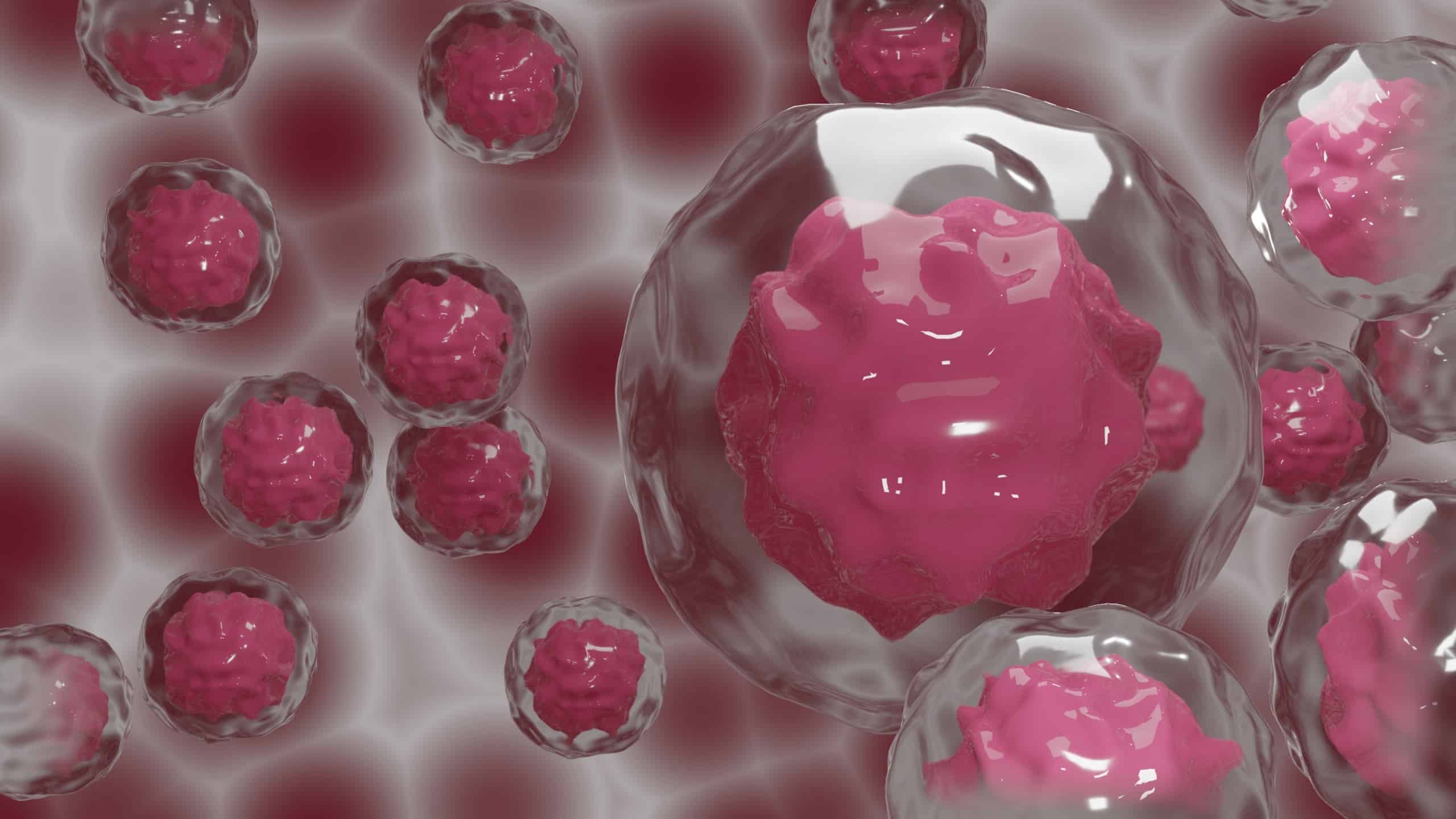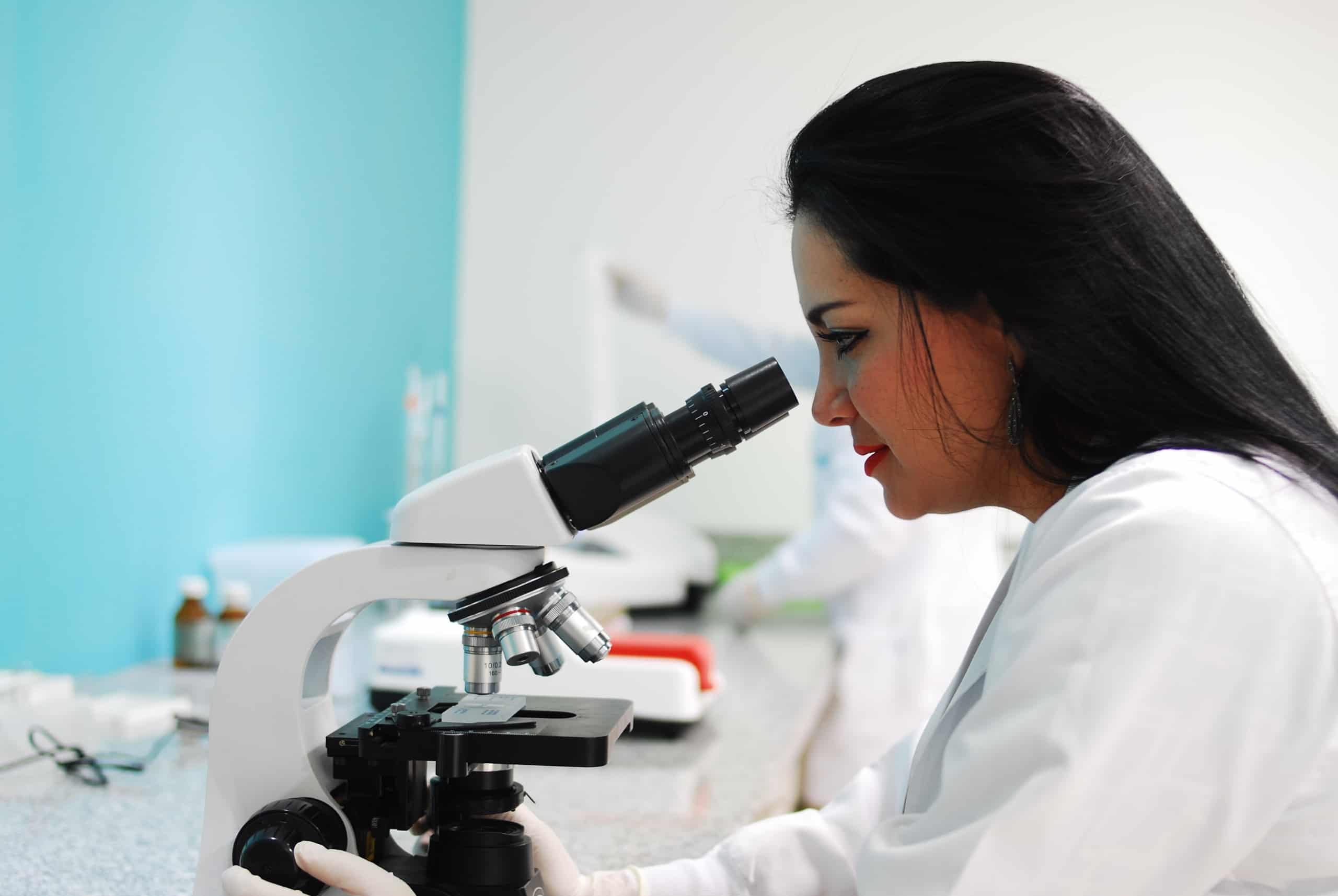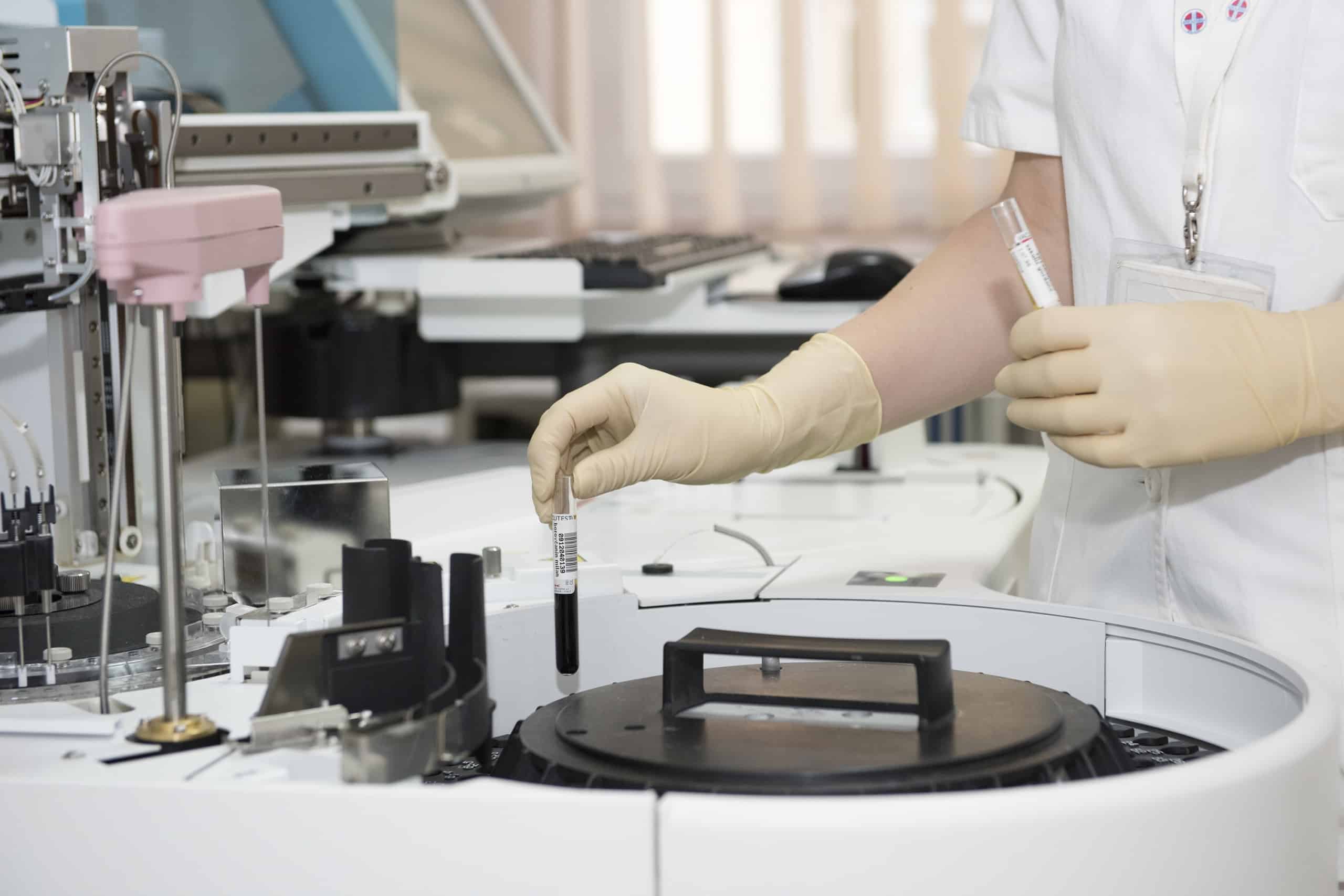
Photo by doodlartdotcom on Pixabay
Stem cell research has been a growing area of medicine for almost 40 years. In 1981, scientists discovered ways to derive embryonic stem cells from early mouse embryos, which led researchers to discover a method for doing so from human embryos in 1998. This allowed scientists to grow the cells in laboratories. As the research has progressed, stem cell research has grown into one of the most formative areas of modern medicine. The field continues to have huge possibilities in medical advancements for helping heal chronic illnesses.
Stem Cell Research
Stem cells are primitive cells that have the potential to develop into a variety of specific cell types. The process of changing into a specific cell type is known as differentiation. This happens when the cells commit to a developmental path that will form a specific tissue or organ.
The various stem cells are based upon their origin and ability to differentiate. Stem cells are revolutionizing medicine because of their potential to regenerate damaged tissue that is otherwise unable to be repaired. Bone marrow transplantation is one of the most widespread uses of stem cells today, and it helps with the treatment of some cancers. Ongoing research can help popularize stem cells for the treatment of other chronic illnesses.
This means they can potentially be used to form specialized and life-saving cells for people with severe chronic illness. Because they are able to divide and become specialized cells of the body such as liver, muscle, and blood cells, they are referred to as “undifferentiated” cells.
Stem cell research is still in relatively early stages due to controversy regarding the use of embryonic stem cells. Although embryonic stem cells have a much greater developmental potential than adult stem cells, controversy stemming largely from religious concerns sheds light on the ethics of research involving the development, use, and destruction of human embryos.
What types of restrictions should be made on studies using these types of cells? Critics argue the cells could have had the potential to become a human life. This argument is motivated largely by the pro-life movement. Advocates against embryonic stem cell research are concerned with the rights of the embryo as a human life. They believe that embryonic stem cell research violates the sanctity of life.
In the United States, there are an estimated 400,000 embryos that will eventually go to waste if not used for embryonic research. However, it often takes months for embryonic stem cells to grow, which can quickly cost thousands of dollars. Furthermore, medical biotechnology can be controversial when it comes to embryonic stem cells. Such developments have the tendency to conjure images of Frankenstein’s monster. People outside the scientific community feel that creating cells crosses a moral line.
Yet, the life-saving potential of this research is indisputable. Even religious politicians have accepted it as a method to help preserve the lives of those in need of help.
Quicker, More Efficient Treatments
One of the most common uses of stem cells today is the use of adult stem cells. These are often sourced from bone marrow to assist in the treatment of cancer patients. According to the World Health Organization, cancer is the second leading cause of death globally, taking 9.6 million lives in 2018. This is a major contributor to ballooning worldwide healthcare expenditures, which is expected to reach $8.7 trillion by 2020.
Advancements in stem cell research may help lower that statistic. First, let’s look at how we currently help chemotherapy patients recover:
Bone marrow transplants are used to replenish the body with healthy cells when chemotherapy and radiation are finished. The procedure is an important step due to the dangerous side effect chemotherapy and radiation have of destroying bone marrow. After a successful transplant, the bone marrow starts to produce new blood cells that can also attack and destroy any cancer cells that survived the initial radiation treatment. These transplants are highly recommended if not necessary for cancer patients.
However, transplants do not come without costs. For donors, the medicine that comes before a bone marrow donation can cause side effects such as:
- Bone pain
- Muscle aches
- Headache
- Fatigue
- Nausea
- Vomiting
After the surgery, patients often feel tired, have temporary trouble walking, and experience soreness in the procedure area. Although this is a low price to pay to give a close friend or family member with cancer a better chance at life, it can be an uncomfortable process that isn’t easy to ask for.
Bone marrow transplants have been conducted effectively this way for decades. However, advancements may lessen many of these symptoms and associated medical costs. With the availability of embryonic stem cells, the use of stem cells in cancer treatment and research does not need to be as limited as it is now. The malleability of stem cells could be used to treat any number of conditions that are currently considered incurable.
People who suffer strokes and heart attacks often suffer permanent loss of function in various areas of their body. When areas of the body do not receive oxygen for any amount of time, they die and do not regenerate. Embryonic stem cell research could help regenerate these tissues and help in the healing process of patients. Otherwise, patients are often left to slow and difficult healing processes that demand extensive therapy to regain any function.
Revolutionizing Medicine

Photo by fernandozhiminaicela on Pixabay
Although the controversy surrounding embryonic stem cell research has been a barrier that prevented the full adoption and benefits stem cells have to offer the field of medicine, there is still progress being made in the field of regenerative medicine. Many of the restrictions on this research have been lifted over the last decade during the Obama administration. It is permitted under the condition that the utmost care is taken to preserve the ethics of stem cell research. In research, it’s important to outline clear ethical guidelines to ensure the integrity of the work that is conducted.
Until this decision was made, however, scientists worked tirelessly to develop alternatives to embryonic stem cells. Through extensive research, researchers developed a recipe for genes that can transform adult human skin cells into cells that closely mimic embryonic stem cells. These alternatives are called induced pluripotent (iPS) stem cells. They are cells derived from skin or blood cells that have been reprogrammed back into an embryonic-like pluripotent state. This state allows for the cells to develop into any type of human cell needed for therapeutic purposes. This is exactly the use of embryonic stem cells, but the more complex alternative requires more resources to be viable.
Even though this research is still in the early stages, it has opened the doors for many possibilities. Studying stem cells in order to understand the underlying problems in cells that develop mutations that lead to chronic diseases could open the door to cures or effective treatments for illnesses like juvenile diabetes, Parkinson’s disease, and Alzheimer’s. Now that scientists have the chance to see the variables under which these mutations happen, they have the opportunity to potentially understand how, when, and why these mutations happen in people.
Future Uses
Thus, the research continues to determine whether stem cell therapy may be useful in treating a wide variety of conditions. According to the CDC, heart disease was the leading cause of death in the U.S., taking 635,000 lives in 2016. However, according to the British Heart Foundation, stem cells are being used not only to create new, clean blood but to create patches that can be used to repair heart walls as well. This research may save the lives of hundreds of thousands of heart disease patients around the world.
Furthermore, diseases like Alzheimer’s, which caused over 100,000 deaths in the U.S. in 2016, deal primarily with the dead brain tissue that causes loss of brain function. Scientists are exploring ways to use embryonic stem cells to replace or regenerate dead or diseased brain cells. Such research could help individuals regain brain function and prevent the disease from causing the loss of long-term memories. Clinical trials for these studies are ongoing, but scientists hope to find ways embryonic cells could treat this disease.
Similarly, stem cells can help patients with diseases like cancer and Parkinson’s to replace damaged tissue. For diseases that affect so many people and are painful to endure, a little help can go a long way. However, for individuals seeking these treatments, the cost can quickly become too much to consider. The experimental nature of these treatments and the high rejection rates of the procedures can be deterrents.
These experimental procedures are occurring in groundbreaking hospitals across the U.S. The Mayo Clinic Center for Regenerative Medicine has conducted several stem cell research trials. Some of the current studies include:
- Study of iPS cell generation from patients with COPD
- Safety study of autologous umbilical cord blood cells for the treatment of hypoplastic left heart syndrome
- Study of generating and banking clinical-grade stem cells for regenerative medicine
- Use of autologous bone marrow aspirate concentrate in painful knee osteoarthritis
- MSC for the occlusive disease of the kidney and a dose-escalation safety trial for intrathecal autologous mesenchymal stem cell therapy in amyotrophic lateral sclerosis
Each of these studies requires millions of dollars in funding but can change the lives of hundreds of thousands of people.
The chances of people developing chronic illness increase as they get older. As the majority of the U.S. baby boomer population reaches age 65, they will start needing more medical attention. By 2029, the entire baby boomer population will be at retirement age. We have a decade before 20 percent of our population are considered seniors. Life becomes more difficult with chronic illness, but medical advancements are being developed that will make it a little easier.
Importance of Modern Medicine

Photo by DarkoStojanovic on Pixabay
In the midst of the politics surrounding science and medicine, it’s easy to forget the purpose of medical research. It’s the same as it has been for hundreds of years: to find ways to save lives. Research today knows no bounds. The advancements that have been made in technology allow us to break barriers in medical science and to do things that would not be possible otherwise.
Each scientific industry makes compelling arguments for why they should be funded. NASA’s space explorations help us understand the laws of physics, the particles we are made of, and how to use various wavelengths to understand our world better. Botanists create and use genetically modified organisms to improve the growth of our food and our ability to feed more people. Technological innovators create new ways to bring the world closer together. There is no lack of scientific projects across the world that need funding. However, the fact that we are unable to find cures for chronic illnesses but have the ability to send people into space could make for the argument that medical science needs more funding and attention.
From the development of medicines to the invention of vaccines over 200 years ago, medicine has come a long way. The average human life now spans decades longer than it did a hundred years ago. Researchers believe that the first person to live to be 150 years old has already been born. Longer lives allow knowledge and research to continue on without disruption and allow people to live happier, healthier, and more fulfilling lives for longer portions of their lifetime. Engaging patients in their health and improving the patient experience can only help the healthcare industry going forward. Good health is arguably the most important thing anyone can ask for in their life, and by continuing progress in medical research, more individuals can attain this.











